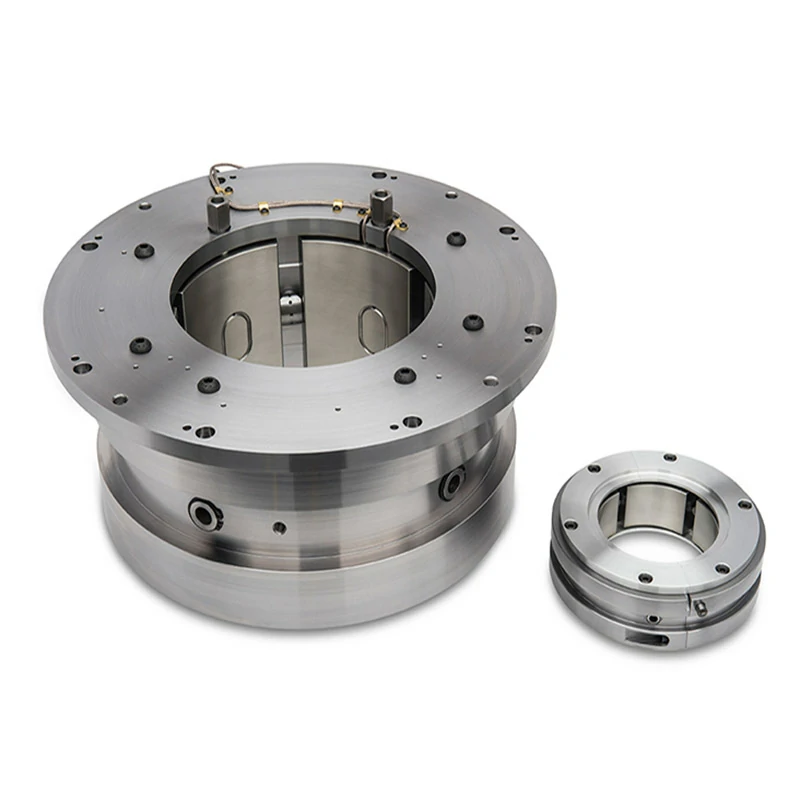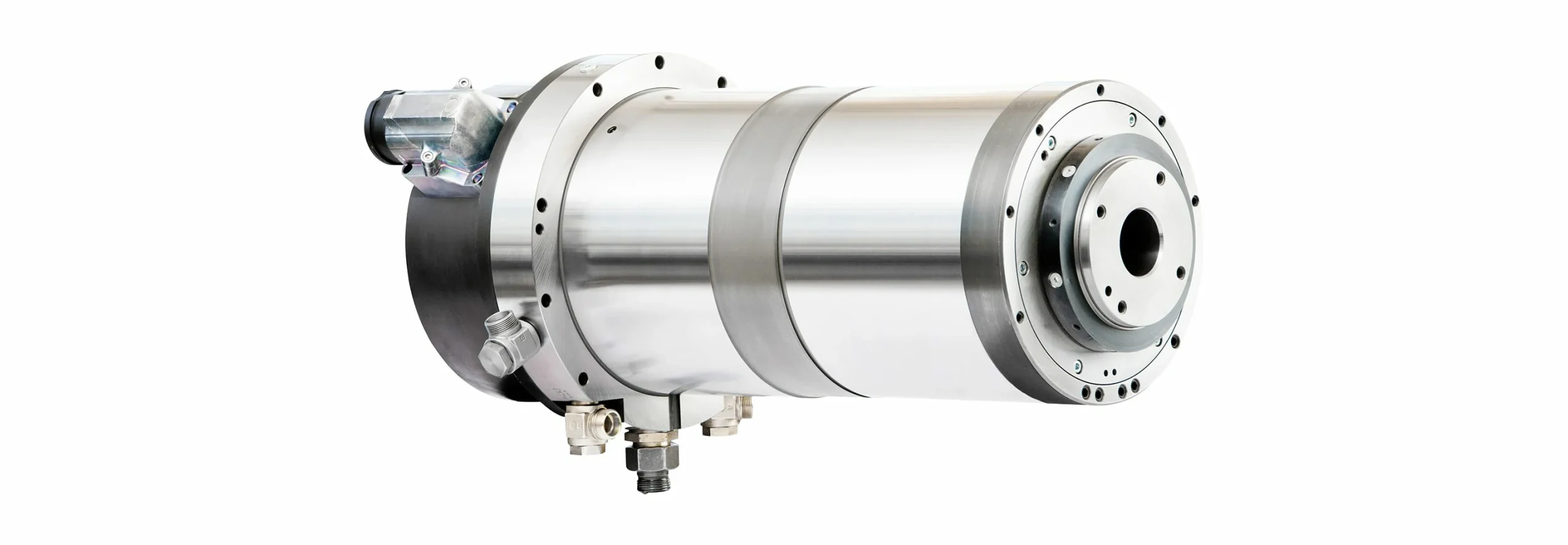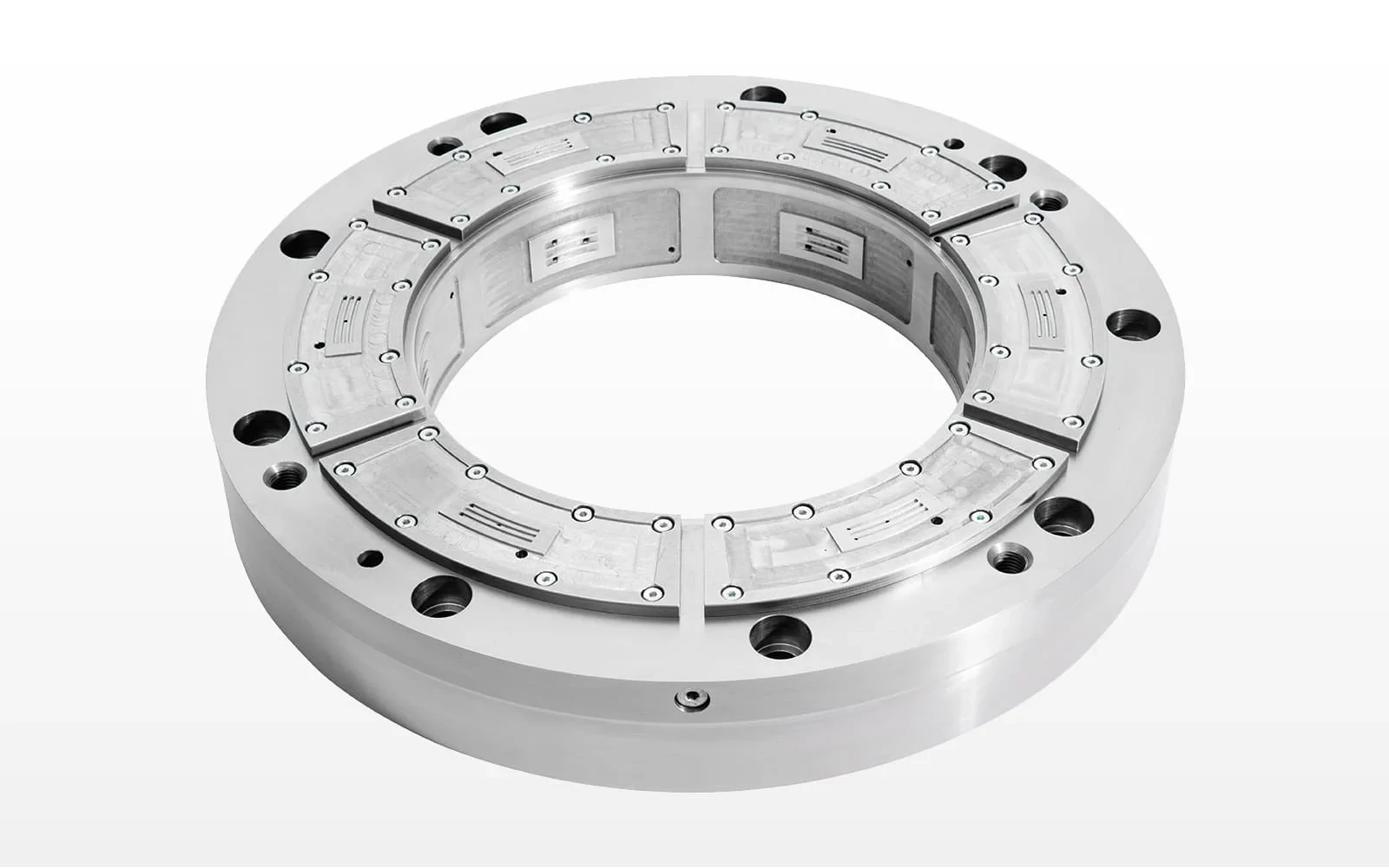Composite hydrostatic bearings
Composite Hydrostatic Bearings is a high-performance mechanical component supported by an oil film formed by external pressure lubricating oil. It has non-contact operation, high precision, low friction and strong load-bearing capacity, and is widely used in scenarios with extremely high requirements for precision and reliability.
Advantages
Ultra-high precision: non-contact oil film operation avoids the mechanical clearance and wear problems of traditional bearings.
High reliability: high temperature resistance, corrosion resistance, and extended equipment life.
Energy saving and environmental protection: low friction energy consumption and precise lubricating oil control reduce resource waste.
Strong load-bearing capacity: suitable for high load and long-term continuous operation scenarios.
Customizable: designed according to specific needs to meet the application needs of multiple industries.
Overview of Composite Hydrostatic Bearings
Compound hydrostatic bearings are high-precision support components that rely on fluid dynamics and form an oil film by delivering lubricating oil through an external pressure pump. This type of bearing is known for its contactless operation, high precision and low wear, and is a key technical link in many high-end equipment.
Core Features
Working Principle: Using hydrostatic lubrication, the external oil supply system provides constant pressure to form a liquid film between the bearing and the shaft to reduce direct contact.
Composite Material Technology: The selection of a variety of high-temperature resistant and corrosion-resistant materials further improves product performance.
Excellent load-bearing performance: The hydrostatic oil film provides high load-bearing capacity and operating stability for the bearing.
Product Application Fields
Compound hydrostatic bearings perform well in the following fields:
Precision machining equipment: such as ultra-precision lathes, grinders, etc., to ensure smooth operation and high precision.
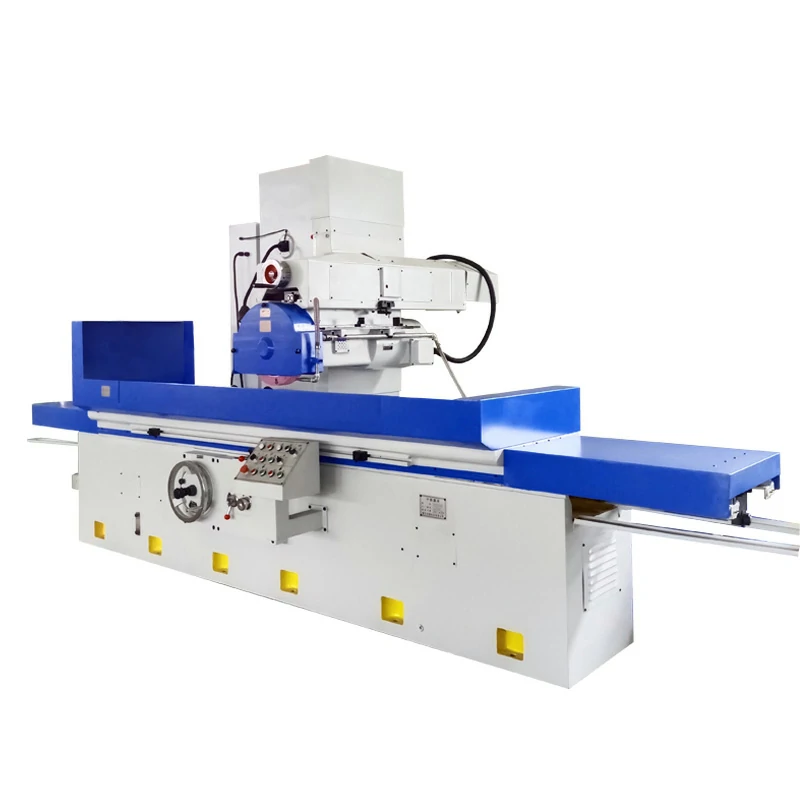
Large rotating machinery: including equipment such as hydroelectric generators and turbines that require long-term high-load operation.
Aerospace systems: can provide high-reliability support in extreme environments and reduce mechanical losses.

Medical equipment: such as CT scanners, which require ultra-quiet and high-precision applications.
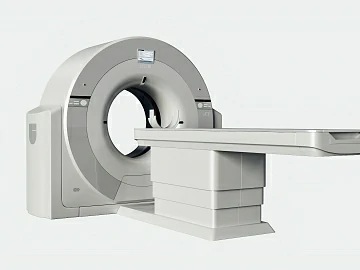
Manufacturer brand:
SKF Composite Hydrostatic Bearings
NSK Composite Hydrostatic Bearings
FAG Composite Hydrostatic Bearings
INA Composite Hydrostatic Bearings
KOYO Composite Hydrostatic Bearings
NACHI Composite Hydrostatic Bearings
TIMKEN Composite Hydrostatic Bearings
NTN Composite Fluid Hydrostatic Bearings
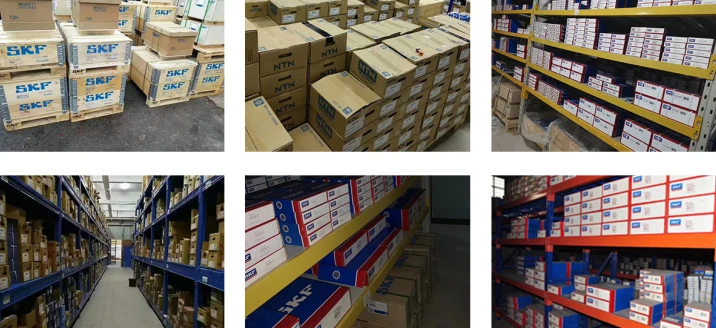
Product features and advantages
Excellent precision
Liquid lubricating film completely replaces mechanical contact, avoids wear and ensures stable operation.
Strong rigidity, low vibration, suitable for strict precision requirements.
High life and high reliability
Low wear characteristics extend the service life of bearings and reduce maintenance frequency.
Composite materials provide better corrosion resistance and high temperature resistance to meet diverse needs.
Environmental protection and energy saving
Greatly reduce friction loss and improve energy utilization.
Accurately control the thickness of the oil film, reduce lubricant waste, and reduce operating costs.
Highly customized
Design different parameters according to user needs, including size, load and lubrication system configuration, and widely applicable.
Product summary
Compound fluid static pressure bearing is a high-end product that combines precision, reliability and load-bearing capacity. With its excellent performance, it is widely used in industrial equipment, aerospace devices and medical instruments, providing an optimized solution for the shortcomings of traditional mechanical bearings. At the same time, the bearing has significant advantages in energy saving and consumption reduction and long-term use cost, and is one of the important directions for future industry development.
FAQ
Q1: What is the difference between compound fluid static pressure bearings and ordinary rolling bearings?
A: It supports the bearing load through an external pressure oil film without mechanical contact; while rolling bearings rely on rolling parts for support, with greater wear and short life.
Q2: Is the choice of lubricant important?
A: Yes, the lubricant needs to have a stable viscosity and oxidation resistance to ensure long-term and smooth operation of the bearing.
Q3: Is the maintenance process complicated?
A: Just monitor the oil supply system and lubricant quality regularly, and check the filter cleanliness

